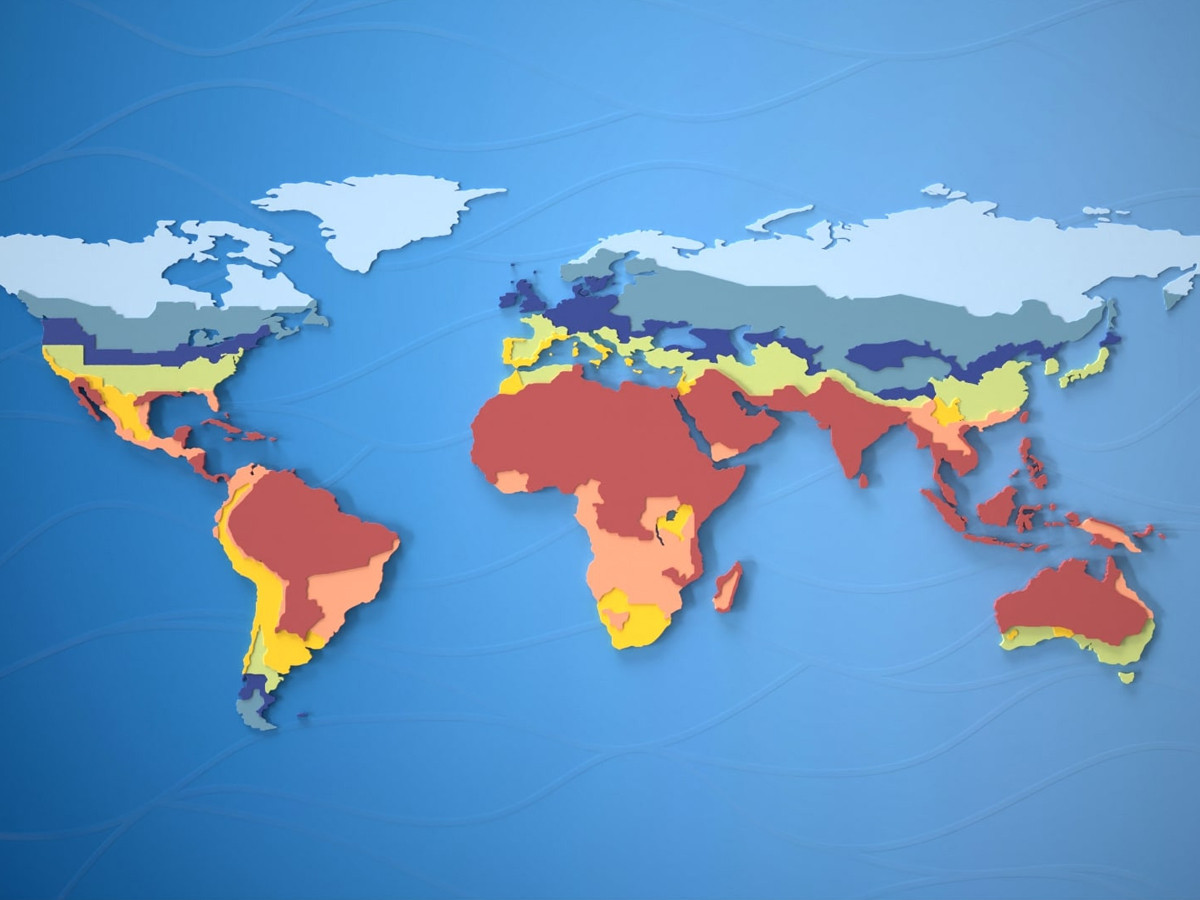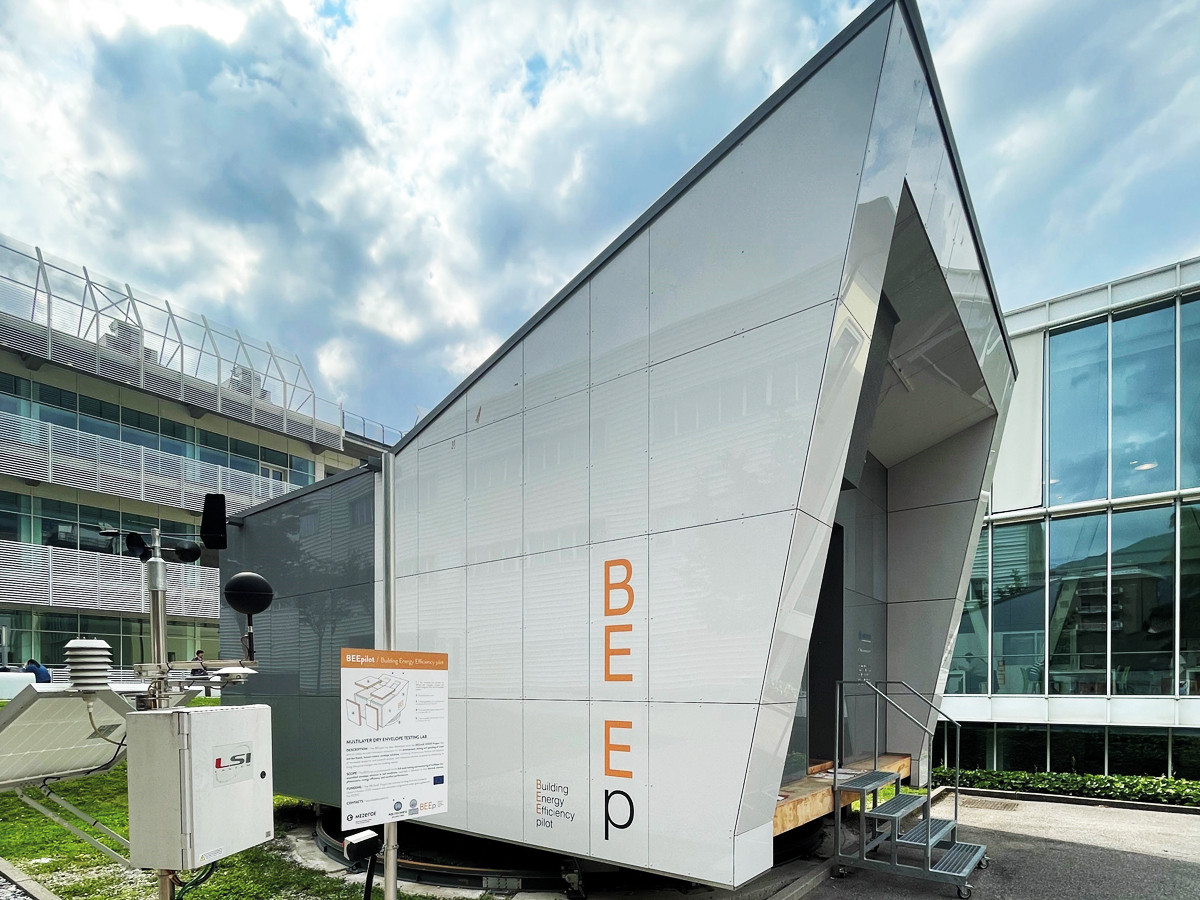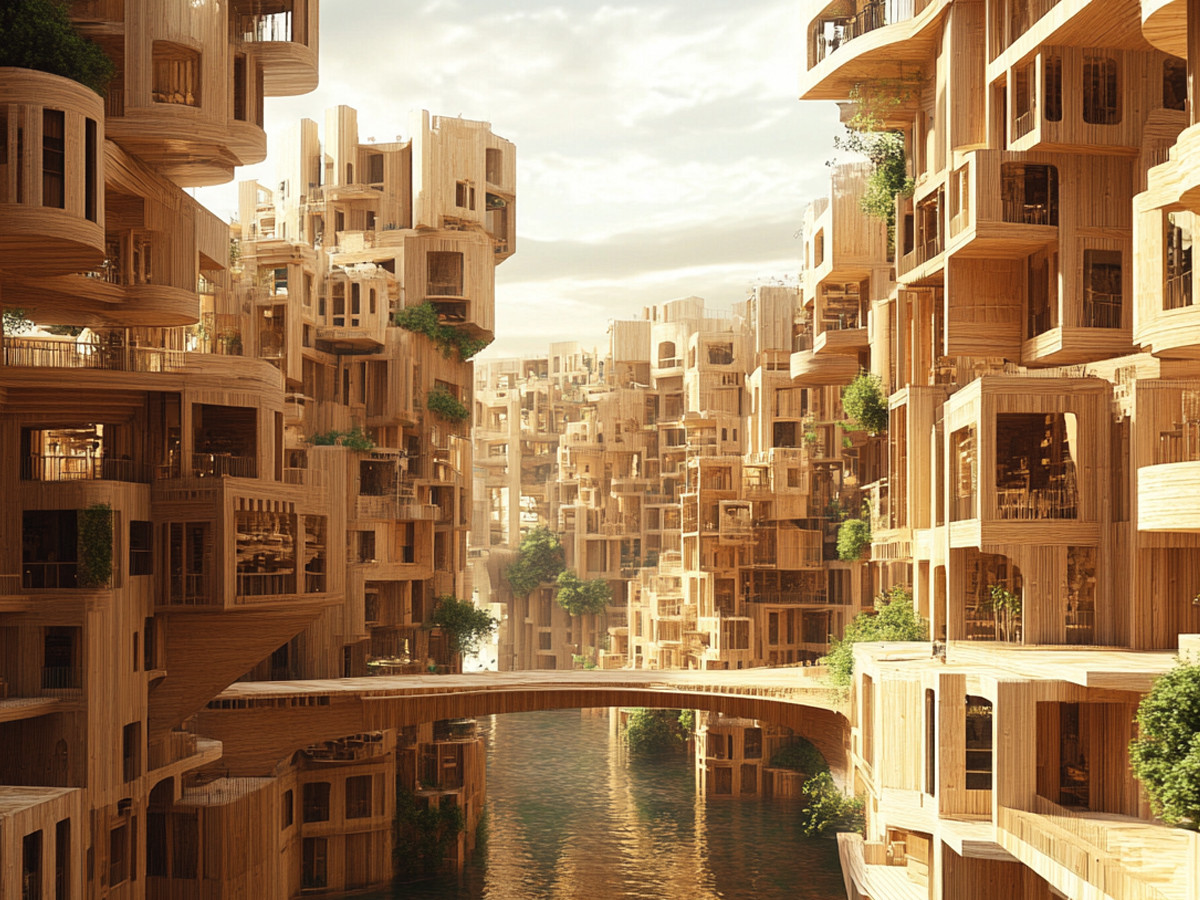
Energy-Efficient Buildings
Modern construction increasingly relies on the use of high-quality materials and state-of-the-art techniques that reduce the building’s energy impact while maintaining living comfort and aesthetic appeal.
Research shows that energy use in buildings accounts for more than 40% of global CO2 emissions. To address this, thoughtful design and efficient energy management are essential – not just to lower costs, but also to significantly reduce environmental impact.
Energy efficiency in construction must go hand in hand with living comfort, and recent innovations in timber construction are satisfying this need in numerous ways. Rothoblaas is dedicated to advancing sustainable architecture, investing in research and development to create cutting-edge solutions and high-quality products for ambitious projects, as well as offering specialised technical consulting services that include:
Theoretical and practical analysis of construction systems that ensure the efficiency of the building envelope and excellent performance in all climate conditions (air, wind and water tightness);
Clear and simple identification of the products and characteristics that guarantee energy efficiency.
Building renovation solutions.
Rothoblaas’ company buildings and facilities are likewise designed as sustainable and energy self-sufficient structures.
"Energy-efficient buildings" represent an innovative approach combining rational energy use, environmental sustainability and economic benefits.

THE ROLE OF CLIMATE IN ENERGY-EFFICIENT BUILDING SYSTEMS
In the realm of energy-efficient buildings, understanding the local climate is essential.
This includes studying the interaction between buildings and the external environment, analysing factors such as temperature, humidity, solar radiation and wind. All of which influence a building’s thermal performance.
Historically speaking, architecture has always accounted for climatic conditions to ensure comfort and safety. However, the advent of modern materials and technologies has sometimes created a disconnect between building design and the natural climate. Today, energy-conscious design must re-embrace climate as a central element, optimising the building envelope to effectively respond to external stresses, thus reducing the need for additional energy inputs.
In order to ensure optimal performance of the building envelope, the heat, vapour, air and wind transfer processes that occur within the different components must be studied and controlled.
Usually, in cold climates and during the winter months, there are problems with excessive humidity inside buildings due to poor ventilation. The vapour produced in closed rooms penetrates the walls and may condense in contact with cold interstitial layers, beams or cladding.
In contrast, in hot and humid climates, the source of vapour that leads to the growth of mould is the outside air. Humidity that is drawn in with the outside air may condense near the interior surfaces, which are cooler with air conditioning.
Rothoblaas, in cooperation with research institutes, has sponsored several projects aimed at studying the behaviour of building solutions exposed to different climatic conditions through laboratory tests, dynamic simulations and monitoring of real conditions.

TECHNOLOGIES AND SOLUTIONS FOR NEARLY-ZERO ENERGY BUILDINGS
Achieving the highest levels of energy efficiency is possible thanks to solutions provided by companies like Rothoblaas. These include innovative products such as sealing tapes and waterproofing systems, crucial for optimising the building envelope’s performance.
For example, products such as CLIMA CONTROL, SEAL BAND, FLEXI BAND and SPEEDY BAND have been tested to ensure air, wind and water tightness in various climatic conditions, while maintaining excellent mechanical strength and adhesion properties over time.
CASE STUDIES AND CERTIFICATIONS
Rothoblaas’ solutions have undergone extensive testing, certification and weathering analysis to ensure optimal efficiency and durability, especially in extreme environmental conditions.
For example, sealing tapes like SPEEDY BAND and FLEXI BAND have been tested for weather resistance in Florida, a region known for its intense UV radiation, high temperatures and humidity.
The results confirmed that these tapes maintain excellent mechanical strength and adhesion properties even after prolonged exposure, demonstrating superior durability compared to standard requirements.
Additionally, Rothoblaas is dedicated to thoroughly understanding the properties of its products through advanced analysis and collaborations with academic institutions.
As part of the MEZeroE project, several tapes and membranes were subjected to artificial ageing according to the UNI EN 13859-1 standard to assess the long-term durability of waterproofing membranes, which is required for CE marking.
This process involved continuous UV exposure and high-temperature testing, with observations made using advanced instruments such as the scanning electron microscope and FTIR spectroscopy to assess the effects of ageing.
The results demonstrated that Rothoblaas products, such as the TRASPIR EVO UV 115 membranes, far exceed the minimum CE marking requirements (the standard requires 336h, while Traspir Evo UV 115 exceeds 5000h), all while maintaining long-term functionality and UV protection.
These certifications, along with rigorous durability tests, validate the reliability of Rothoblaas solutions for the construction of nearly-zero energy buildings, significantly enhancing energy efficiency and contributing to sustainable construction practices.

FUTURE PERSPECTIVES
The future of sustainable construction is bright. By 2030, buildings currently classified as energy class G must be upgraded to at least class F, as outlined in the EU energy efficiency plan for zero-emission buildings.
This initiative aims to reduce the energy consumption of the most polluting buildings by encouraging the adoption of sustainable technologies and materials.
For designers and engineers, specialising in energy-efficient construction presents a significant opportunity for professional growth in a rapidly expanding market.
CONTACT US FOR A FREE CONSULTATION
If you are a structural engineer or architect interested in exploring the potential of near-zero energy buildings, reach out to Rothoblaas.
With our expertise and innovative solutions, we can help you bring cutting-edge sustainable building projects to life.
Book a free consultation with our experts and discover how Rothoblaas can support you in designing and constructing energy-efficient, eco-friendly buildings.
Together, we can build the future of sustainable construction.
All rights reserved
Technical Details
- Country:
- Any
- Produkty:
- CLIMA CONTROL 105 CLIMA CONTROL 80 CLIMA CONTROL NET 145 CLIMA CONTROL NET 160 SEAL BAND | SEAL SQUARE FLEXI BAND SPEEDY BAND TRASPIR EVO UV 115


